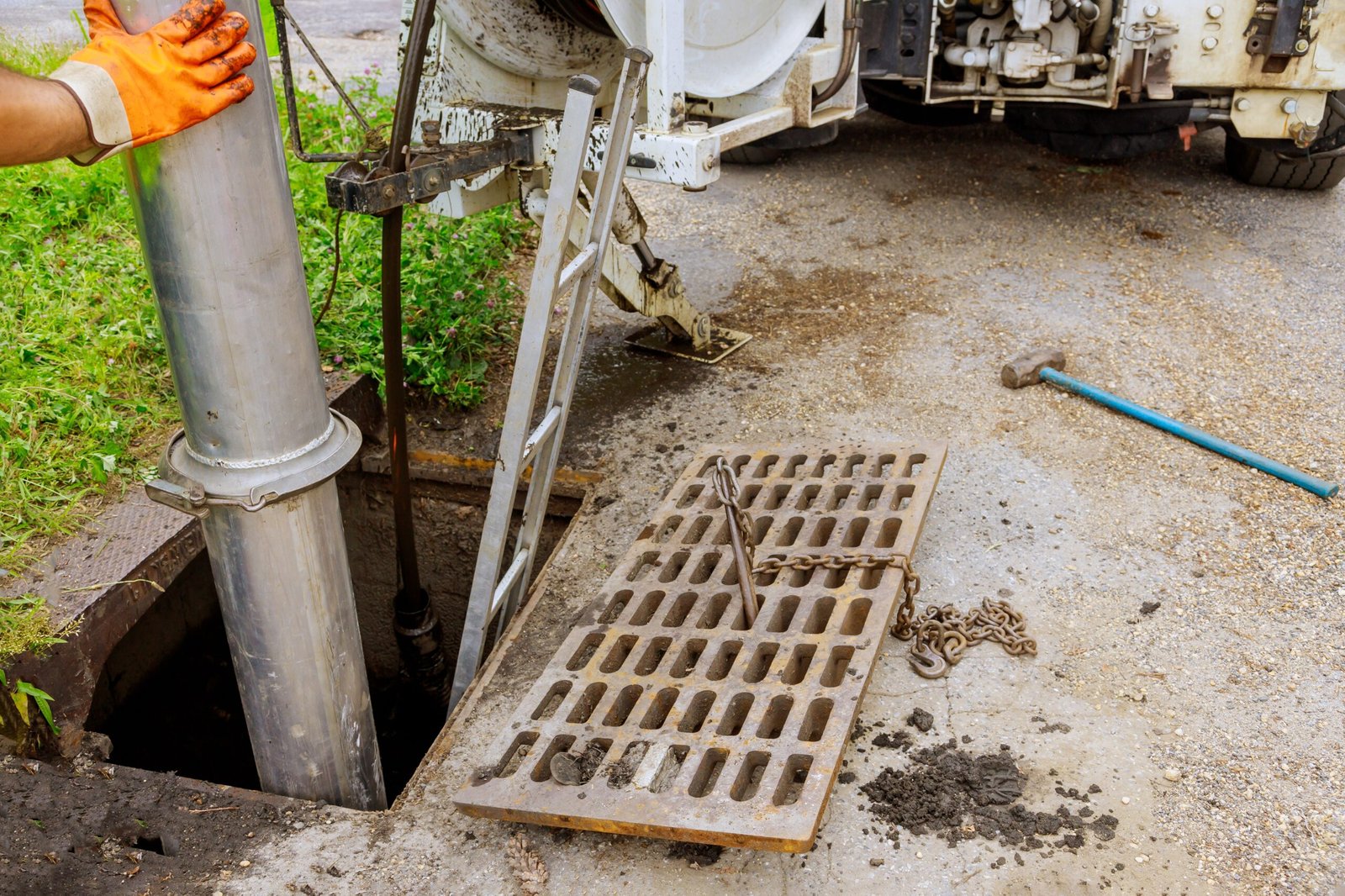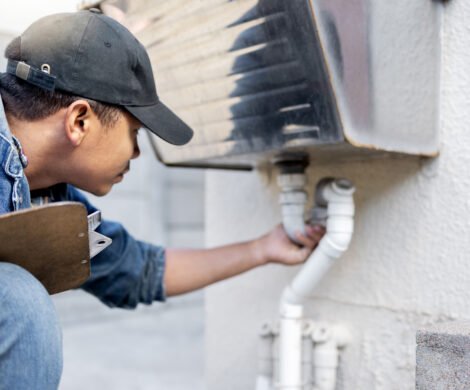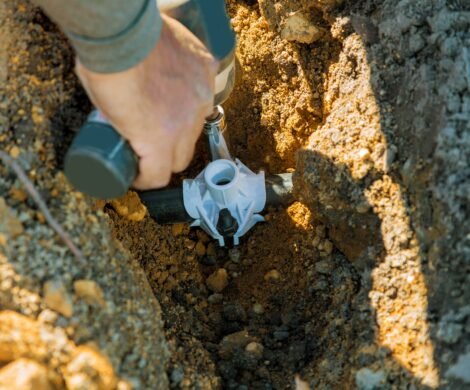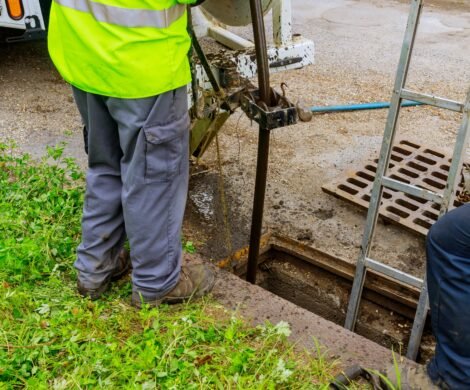What Are the Most Common Causes of Blocked Drains, and How Can You Prevent Them?

Blocked drains can lead to significant inconvenience and costly repairs. Understanding the common causes of blocked drains and implementing preventive measures can help you maintain a smoothly running drainage system. This article explores the most frequent culprits of blocked drains and provides practical tips for prevention, with a focus on the role of tank environmental management in keeping your drainage system in optimal condition.
- Accumulation of Grease and Fat
One of the leading causes of blocked drains is the buildup of grease and fat. When cooking oils and fats are poured down the sink, they cool and solidify, forming a sticky residue that can cling to the inside of pipes. Over time, this residue accumulates and can create severe blockages.
Prevention Tip: Avoid pouring grease or fat down the drain. Instead, let them cool and dispose of them in the trash or a compostable container. Use drain strainers to catch food particles and prevent them from entering the pipes.
- Hair Build-Up
Hair is another common cause of drain blockages, especially in bathroom sinks and showers. Hair strands can easily combine with soap scum to create dense clogs that obstruct water flow.
Prevention Tip: Install hair catchers or strainers in sinks and shower drains to trap hair before it enters the pipes. Regularly remove hair from these catchers to prevent accumulation.
- Foreign Objects
Accidental disposal of foreign objects such as toys, sanitary products, and other non-flushable items can lead to serious drain blockages. These objects do not break down in water and can quickly create obstructions.
Prevention Tip: Educate household members on what should and should not be flushed or disposed of down the drain. Use trash bins for items like sanitary products and small objects.
- Tree Roots
Tree roots can infiltrate underground pipes seeking moisture, leading to blockages and potential pipe damage. This issue is particularly common in older plumbing systems with cracks or joints.
Prevention Tip: Regularly inspect your drainage system for signs of root intrusion. Consider installing root barriers or using professional services to clear roots from pipes. Maintain trees and shrubs near sewer lines to minimize root growth.
- Soap Scum
Soap scum, which is a combination of soap residue and minerals from hard water, can build up inside pipes and contribute to blockages. This is especially problematic in areas with hard water.
Prevention Tip: Use liquid soap instead of bar soap, as it tends to produce less scum. Regularly clean drains with a vinegar and baking soda solution to break down soap scum and reduce build-up.
- Faulty Tank Environmental Management
Improper maintenance of tanks, such as septic tanks or sump tanks, can lead to blocked drains. For example, tanks that are not regularly emptied or maintained can overflow and cause drainage issues.
Prevention Tip: Incorporate tank environmental management into your routine. Regularly inspect and maintain tanks to ensure they are functioning properly and not contributing to drainage problems. Ensure proper disposal of waste and manage tank levels to avoid overflows.
Conclusion
Blocked drains are a common household issue that can stem from various causes. By understanding these common causes and implementing preventive measures, you can keep your drainage system functioning smoothly and avoid costly repairs. Pay particular attention to tank environmental factors, such as proper maintenance and waste management, to ensure that your entire drainage system remains in optimal condition.




